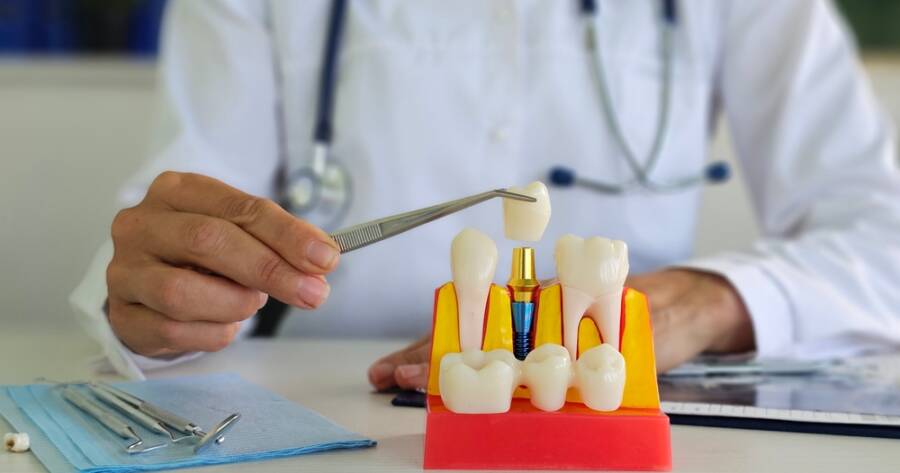Dental implants can be life-changing, restoring both confidence and functionality. However, the cost can be a major obstacle for many people. Fortunately, there are ways to get dental implants at little or no cost. These options may require study and effort, but they can make a big difference. If you are looking for affordable dental care, exploring these possibilities could help you find a solution that fits your needs.
Dental Schools Offering No-Fee Implants
Many dental schools provide no-fee or low-cost implants as part of student training programs. These procedures are supervised by experienced professionals, ensuring safety and quality care. Since students need hands-on experience, patients often receive significant discounts or even complimentary treatment.
To find a participating school, check with the Commission on Dental Accreditation (CODA) or contact nearby universities. Waiting lists may be long, so applying early improves your chances. Though procedures might take longer due to supervision, the savings make this option worthwhile.
Clinical Trials for Dental Implants
Clinical trials offer another way to receive no-fee dental implants. Researchers conduct studies to test new techniques, materials, or procedures. Participants may receive no-fee implants in exchange for their involvement.
The National Institutes of Health (NIH) and the ClinicalTrials.gov website list available studies. Requirements vary, but applicants often need specific dental conditions to qualify. While trials come with risks, they are carefully monitored to ensure safety. Those who qualify can benefit from state-of-the-art care without paying high costs.
Nonprofit Organizations and Charities
Several nonprofit organizations help people get no-fee dental implants. These groups focus on those in need, such as low-income individuals, veterans, and seniors. Programs may cover full costs or offer assistance in reducing expenses.
Organizations like the Dental Lifeline Network and Smiles for Everyone Foundation provide no-fee dental care to qualifying individuals. Each program has its own eligibility rules, so checking their websites for details is essential. Applying early and providing necessary documentation increases the chances of approval.
Government Assistance and Medicaid Programs
Government programs may help cover dental implant costs in certain cases. Medicaid typically does not cover implants, but some states offer exceptions for specific conditions. People with medical needs, such as jaw damage or missing teeth due to disease, may qualify.
The U.S. Department of Veterans Affairs (VA) provides dental benefits for eligible veterans. Those with service-related dental issues may receive implants at no cost. Additionally, some state-funded programs help low-income individuals access dental care, though availability varies. Checking with local health departments can provide more information.
Dental Implant Grants
Dental grants provide financial aid for implants, reducing or eliminating costs. These grants do not require repayment, making them an excellent option. Various organizations and foundations offer dental grants to qualifying applicants.
Programs like the Cosmetic Dentistry Grants (CDG) program help cover part or all of the cost. Grant availability depends on funding, and applicants must meet certain requirements. While approval is not guaranteed, applying to multiple programs increases the chances of receiving aid.
Payment Plans and Financing with No Interest
For those who do not qualify for complimentary options, financing can make implants more affordable. Some dental offices offer interest-free payment plans, allowing patients to spread costs over time. These plans help reduce financial burden without extra fees.
CareCredit and other medical financing programs provide zero-interest options for qualified applicants. Applying for these programs can help make implants achievable without upfront payments. Comparing plans and reading terms carefully ensures you choose the best option.
Learn More Today
Getting dental implants without charge is possible with study and persistence. Dental schools, clinical trials, nonprofits, and government programs provide valuable opportunities. Grants and financing options can also help reduce costs.
While finding no-fee implants may take time, these resources offer real solutions for those in need. Exploring multiple options increases the likelihood of receiving affordable dental care. Find the best path towards no-cost implants today!
